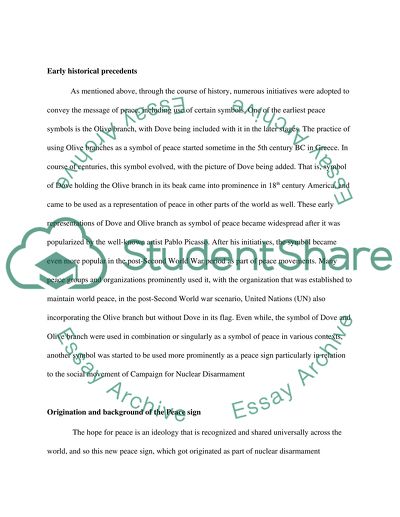Cite this document
(“Social movements for peace with the peace sign, its evolution and its Essay”, n.d.)
Retrieved from https://studentshare.org/sociology/1393349-social-movements
Retrieved from https://studentshare.org/sociology/1393349-social-movements
(Social Movements for Peace With the Peace Sign, Its Evolution and Its Essay)
https://studentshare.org/sociology/1393349-social-movements.
https://studentshare.org/sociology/1393349-social-movements.
“Social Movements for Peace With the Peace Sign, Its Evolution and Its Essay”, n.d. https://studentshare.org/sociology/1393349-social-movements.


